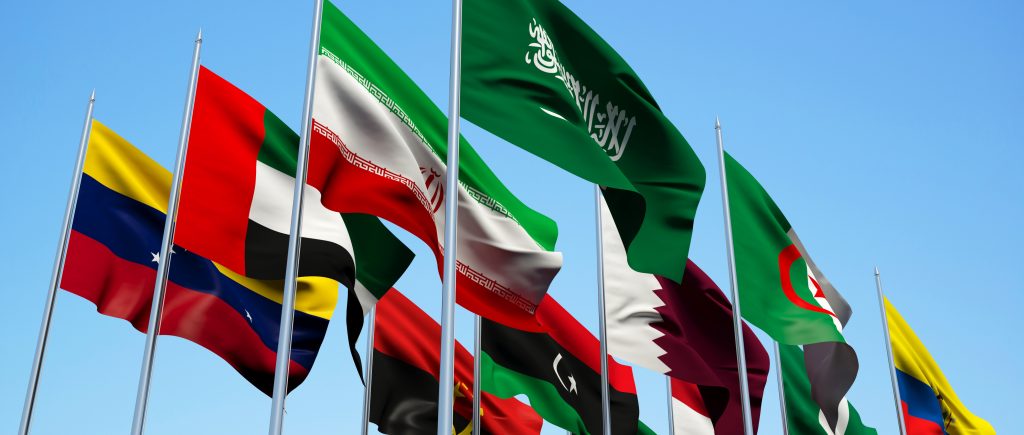Oil prices witnessed little change on Tuesday amid uncertainty over the OPEC+ alliance’s voluntary production cuts, continued tension in the Middle East, and weak economic data from the United States.
By 0402 GMT, Brent oil futures fell one cent to $78.02 a barrel, while US West Texas Intermediate crude futures rose five cents to $73.09 a barrel.
Kelvin Wong, chief market analyst for the Asia-Pacific region at Oanda, said that the Saudi Energy Minister’s statement that OPEC+ production cuts could continue beyond the first quarter of 2024 if necessary provided some support to the market.
Tina Ting, an analyst at CMC Markets, said that oil prices fell in the previous trading session, with traders doubting that supply cuts from OPEC+ would have a significant impact, and with the impact of the rise in the dollar on commodity prices in general.
A stronger dollar usually makes oil more expensive for holders of other currencies, which may weaken demand for oil.
The OPEC+ group, which includes the Organization of the Petroleum Exporting Countries (OPEC) and allies including Russia, agreed on Thursday to voluntary production cuts totaling about 2.2 million barrels per day for the first quarter of 2024, led by Saudi Arabia, which decided to extend its current voluntary reduction.
But at least 1.3 million barrels per day of these cuts represent an extension of the voluntary reduction that Saudi Arabia and Russia are already implementing.
But the resumption of war between Israel and the Palestinian Islamic Resistance Movement (Hamas) raised concerns about supplies, as did attacks on three commercial ships in international waters in the southern Red Sea.
This came in the wake of a series of attacks in the waters of the Middle East region following the outbreak of war between Israel and Hamas on October 7.
Data on Tuesday showed that US factory orders fell more than analysts expected in October, the largest decline in more than three years, which pressured sentiment in the oil market. Analysts said this reinforced the view that high interest rates were starting to limit spending.
 Noor Trends News, Technical Analysis, Educational Tools and Recommendations
Noor Trends News, Technical Analysis, Educational Tools and Recommendations





